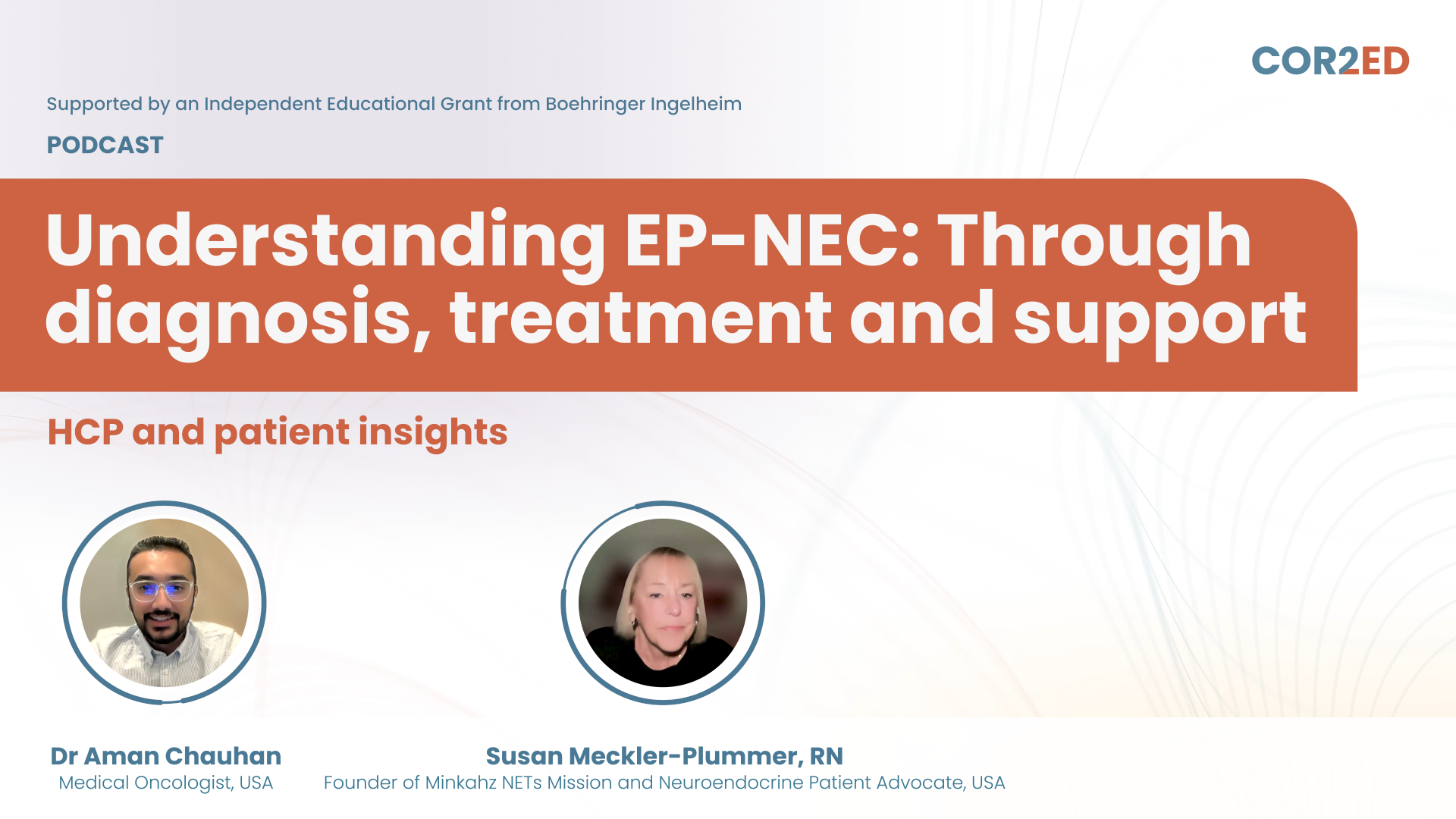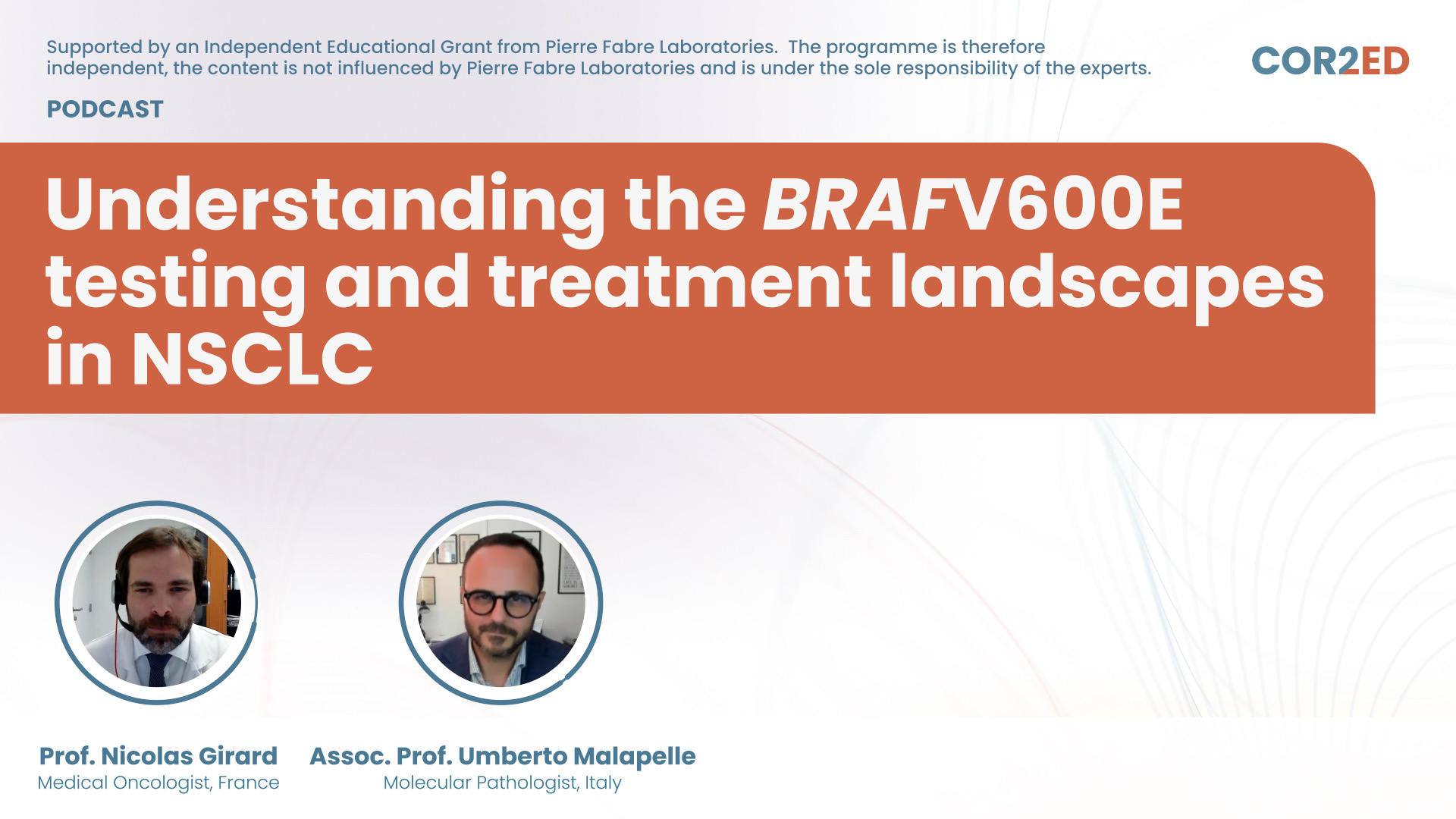In this interactive patient case video, you’ll meet a 53-year-old man with metastatic castration-resistant prostate cancer (mCRPC) and explore early treatment intensification with a PARPi plus ARPI combination.
Along the way, you’ll also discover the SHARE Communication Framework – a simple, five-step approach designed to enhance the quality of your patient interactions and support more collaborative, informed treatment decisions.
Each letter of the SHARE acronym represents a key element of patient communication:
S – Success criteria and aim of treatment
H – How the treatments work
A – Advantages and disadvantages of each treatment option
R – Risks and effective management of side effects
E – Expectations for treatment success
Throughout the video, you will answer questions at key points and engage with clickable resources to deepen your understanding of:
- Where PARP inhibitors fit into the treatment pathway for patients with mCRPC, and the associated clinical data
- The advantages and disadvantages of these treatment options to align with the patient’s goals of treatment
- How to apply the SHARE communication framework during interactions with patients and how to apply the principles routinely
Clinical takeaways
- Shared decision-making enhances patient engagement and supports individualised care in mCRPC treatment
- Certain PARPi and ARPI combination therapies are effective even in molecularly unselected patients
- Early treatment intensification with a PARPi plus ARPI combination can lead to improved disease control and better quality of life
- Personal goals and preferences must be considered alongside clinical efficacy and side effects in every treatment decision









 Downloadable
Downloadable  27 MIN
27 MIN
 Nov 2025
Nov 2025 







